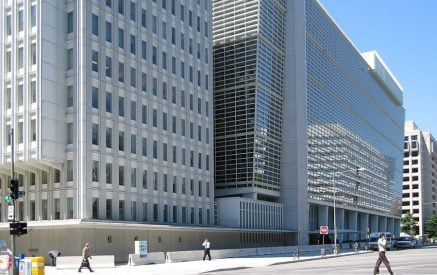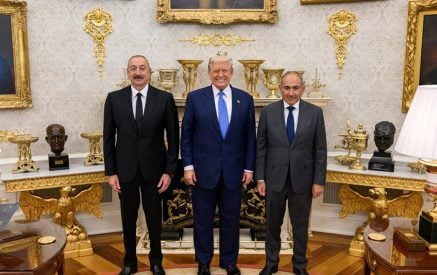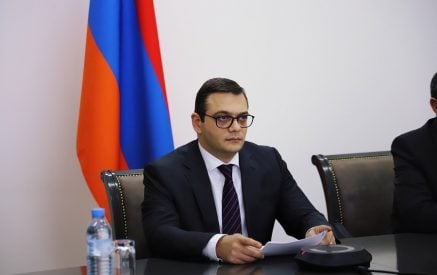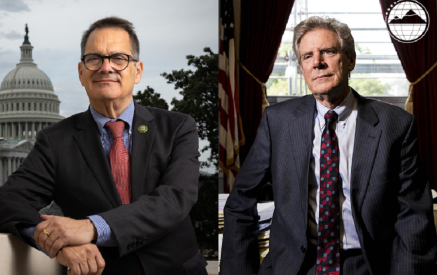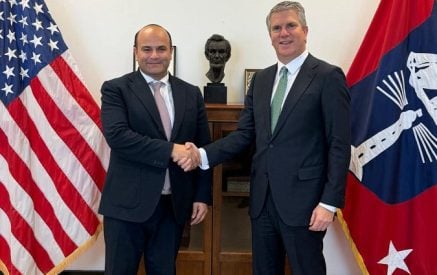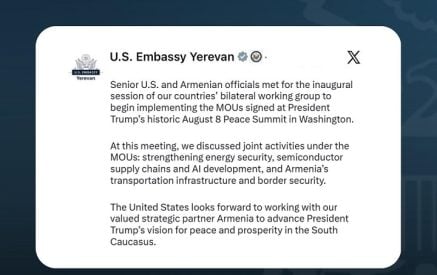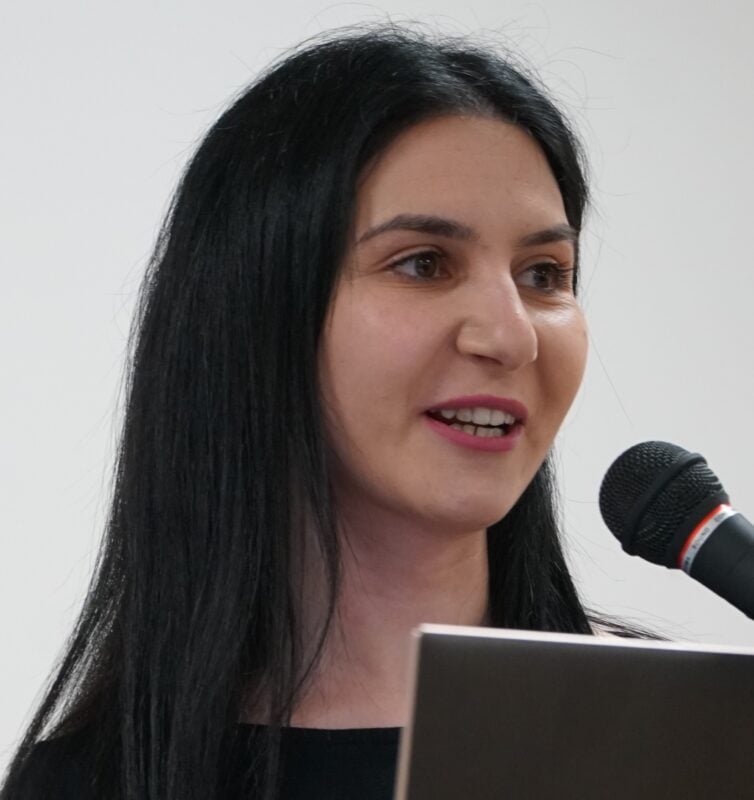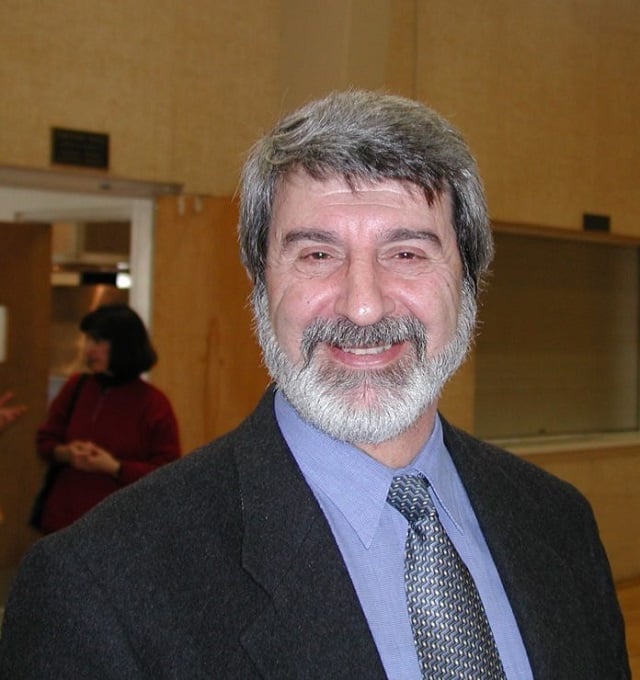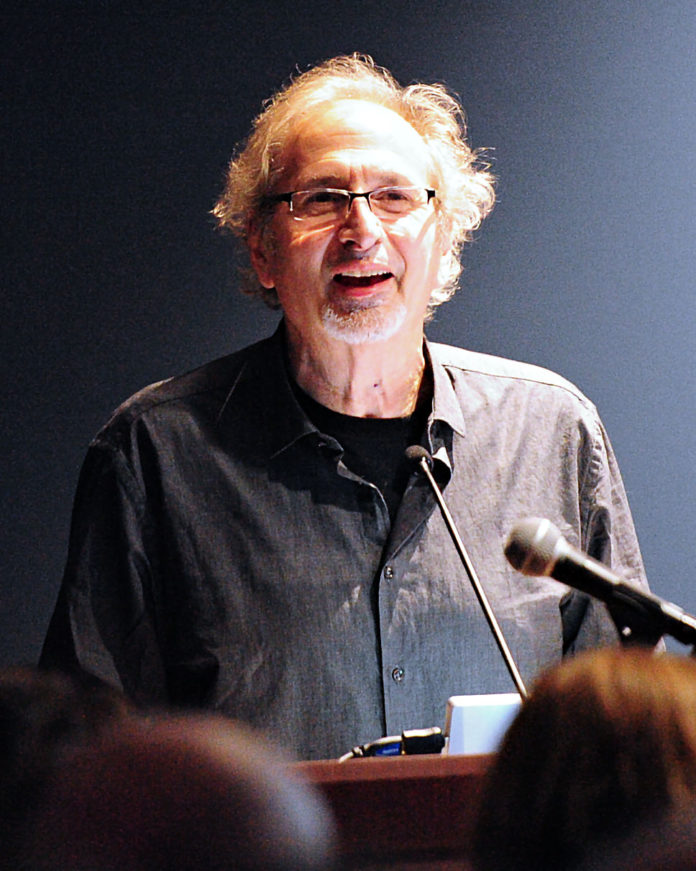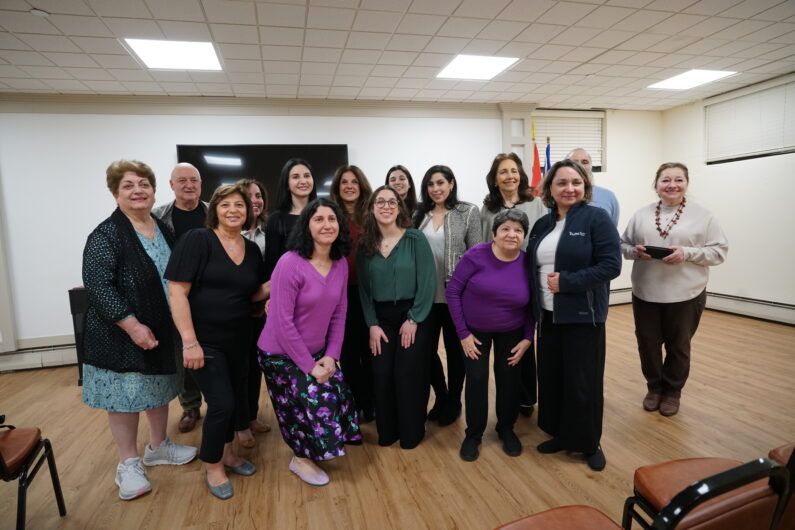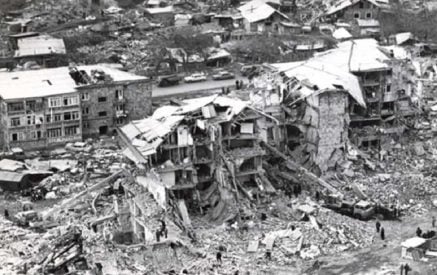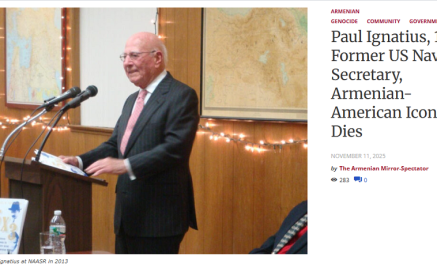by Aram Arkun
WATERTOWN — Visiting pharmacist from Armenia Melanya Sahakyan gave a lecture at the Baikar Center on April 14, providing a comparative look at clinical pharmacy in Armenia and the United States. The talk was sponsored by the Armenian American Pharmacy Association and the venue provided by the Tekeyan Cultural Association.
Sahakyan was completing an eight-week clinical pharmacy observership at the Dana-Farber Cancer Institute. She previously completed her pharmacy education at Yerevan State Medical University (YSMU), obtaining a bachelor’s degree after four years of study and a master’s degree after one further year. She also did a two-year clinical pharmacy residency. At present she works at the Yeolyan Hematology and Oncology Center of the Ministry of Health of the Republic of Armenia in Yerevan. Sahakyan said that this hospital treats all pediatric cancer and hematology patients in Armenia, as it is the only hematology center in Armenia, and is considered one of the best hospitals in the country.
Read also
At this hospital, she is the head of the drug provision department, with responsibilities including the purchase and management of medicines, medical supplies and laboratory reagents.
She noted that her program of study in Armenia provided only theoretical knowledge, without the opportunity to do visitations or be involved in the work of a healthcare team. Moreover, in her current hospital job, while she works closely with doctors and medical teams, she is not directly involved with the healthcare of patients as clinical pharmacy is not yet utilized in Armenia’s hospitals.
This means, she said, that prescription checking, patient counseling, and the administration of medication are not part of the pharmacist’s role. Instead, the functions of clinical pharmacists are mostly performed by doctors and nurses, while some functions are not performed at all, Sahakyan observed. For example, chemotherapy preparation is carried out by nurses, she said, often without appropriate safety measures or specialized training, which increases the possibility of errors. The fact that nurse practitioners and physician assistants also do not exist in Armenia increases the burden on Armenian doctors and nurses. (On recent attempts to reform nursing practices in Armenia, see “Winchester Hospital Trains Armenian Nurses as Part of Healthcare Reform,” Mirror-Spectator, May 8, 2025.)
She ascribed this situation to the current education system for pharmacists, who lack practical training. She said that the low level of cooperation with doctors is because they do not trust the pharmacists, declaring: “I don’t blame them, because we don’t have enough education [in clinical practice].” In addition, the government does not require the presence of clinical pharmacists in hospitals for the latter to obtain their licensing.
The lack of this appropriate education means that there is no demand from hospitals for students in this field, and students consequently are not interested in studying clinical pharmacy in the university.
In an attempt to rectify this situation and advance clinical pharmacy in Armenia, the Vahe Meliksetyan Foundation was founded in 2021 by Sargis Meliksetyan and was registered in the US the following year. It attempts to fulfill the professional vision of Sargis’s brother, Vahe, a clinical pharmacist, scientist and YSMU lecturer, who died in the 2020 Artsakh war.
There has been some degree of progress. In the 5 years before the creation of the Meliksetyan Foundation, there were only 10 students of clinical pharmacy. After its establishment, Sahakyan said, in part due to its giving scholarships and working with students, the number in the next four years jumped to 22 students.
More than 41 million drams ($106,100) was invested in education and research in addition to the scholarships and tuition it provided, and it sponsored professional training abroad. The foundation conducted large-scale research to identify the prospects for the development of clinical pharmacy in Armenia.
Though requiring 7 years of study, Sahakyan said, the salary for clinical pharmacists is not very high, making it an unattractive field. In 2020, she said that when she was accepted into her residency program, before the Artsakh war, she was the only student working in a hospital who had relations with the physicians’ team. She wanted to continue learning and saw how doctors would go abroad to get training. She looked for programs in cancer hospitals and applied to Dana-Farber, with little hope it would accept her as an observer.
The Meliksetyan Foundation stepped in and succeeded in establishing a connection with Houry Leblebjian, senior manager of Clinical Pharmacy Services at the Dana-Farber Cancer Institute. Last year, the Meliksetyan Foundation director visited the United States, Sahakyan said, and helped make the observership possible.
She saw at Dana-Farber that all pharmacists are actively integrated into interdisciplinary care teams and contribute to clinical decision-making. With oncological expertise, they review and manage chemotherapy regimes, assess potential drug interactions, and ensure treatment adherence. They provide comprehensive counseling to educate patients on oral chemotherapy, supportive care measures, side effects, and medication safety, and collaborate with the medication safety team to evaluate and improve practices.
Pharmacists, she continued, play an essential role in multidisciplinary rounds, offering expertise on pharmacotherapy decisions. They have real-time access to patient records, lab results, and imaging, which allows them to make informed, evidence-based decisions. They are also actively involved in research, protocol development and safety initiatives.
All this is very different from the situation in Armenia. Consequently, Sahakyan proposed that Armenian pharmacy education be reformed to include clinical training, and international observerships be made available, in part through support from organizations like the Meliksetyan Foundation. To do this, awareness must be raised among healthcare leaders in Armenia, she said.
When she returns to Armenia, Sahakyan said she will share what she learned at Dana-Farber, and support the next generation of pharmacists through teaching, guidance and real-world exposure. She will work towards the gradual implementation of clinical pharmacy roles in selected departments and attempt to promote international partnerships to keep growing and sharing best practices.
Sahakyan thanked Sossy Yogurtian and her family for hosting her in Boston; the Calouste Gulbenkian Foundation for providing a travel grant, the Armenian American Medical Association for an additional financial contribution, the Armenian American Pharmacy Association for organizing this presentation, and Houry Leblebjian for all her help.
She took a series of questions from the audience and revealed further issues in the utilization of prescriptions in hospitals in Armenia at present.
To learn more about the work of the Vahe Meliksetyan Foundation see https://meliksetyan.org/.








